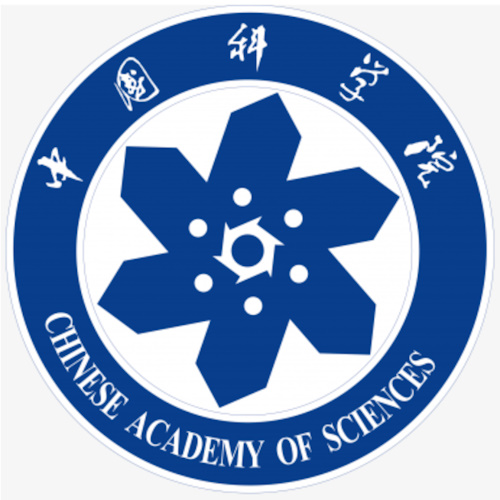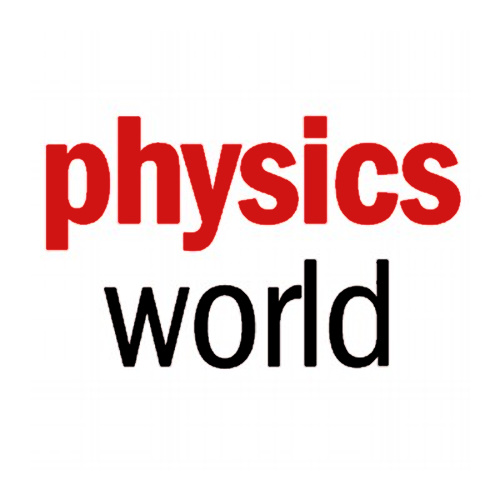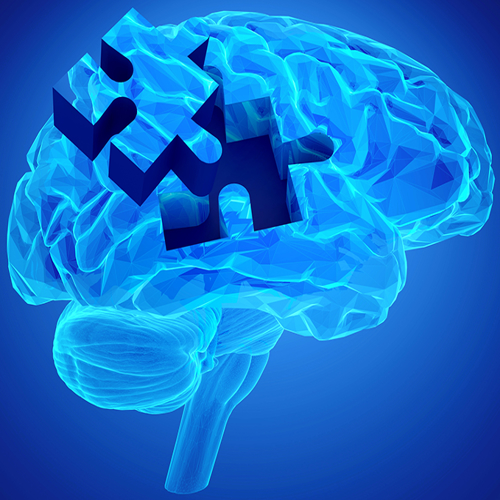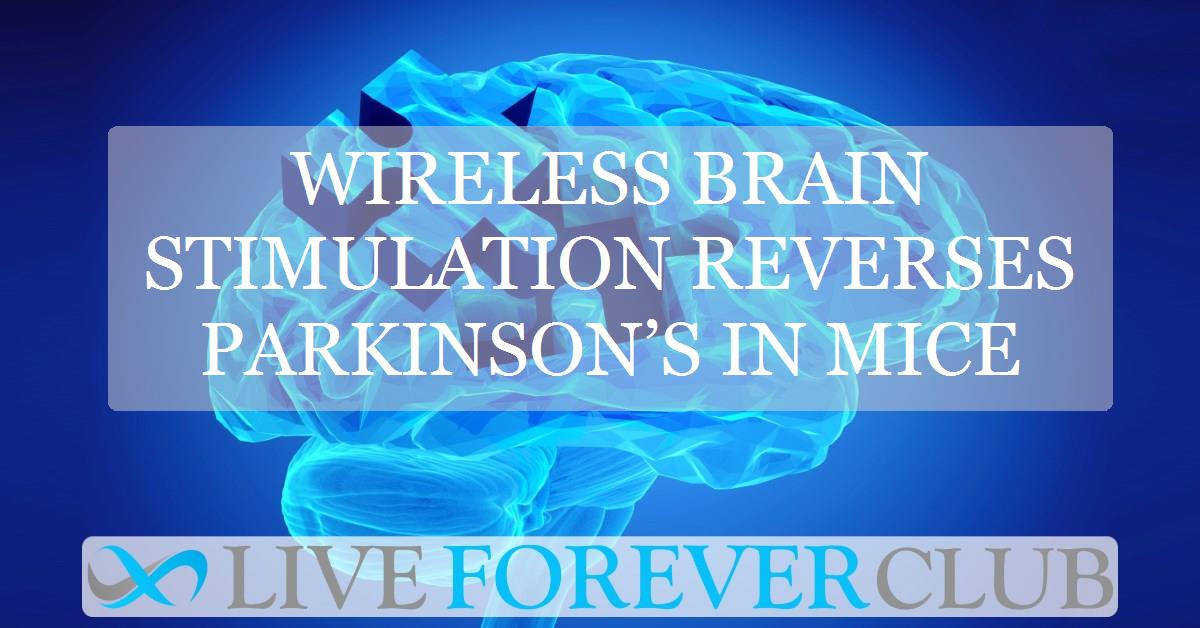Key points from article :
Chinese researchers have developed a groundbreaking wireless deep brain stimulation (DBS) system that successfully reversed Parkinson’s disease symptoms in mice. The system, created at the National Center for Nanoscience and Technology of the Chinese Academy of Sciences, uses gold-based nanoparticles that are injected into the brain and activated by near-infrared (NIR) light. This innovative approach, led by Chunying Chen, not only restored damaged dopamine neurons but also cleared harmful protein buildup associated with Parkinson’s disease.
The key to this technology lies in the heat-sensitive TRPV1 receptor, which is highly expressed in dopamine neurons. The nanoparticles, named ATB (Au@TRPV1@β-syn), act as nanoantennae that convert NIR light into heat, triggering dopamine neuron activation and breaking down toxic α-synuclein fibrils. The treatment also stimulates the brain’s natural waste-clearing process, known as autophagy. After five weeks of treatment, Parkinson’s-affected mice regained nearly normal motor function, showing dramatic improvement in locomotion tests.
Crucially, the therapy proved safe, with no toxicity detected in major organs, and the nanoparticles remained stable in the brain. This research, published in Science Advances, paves the way for a less invasive and potentially more effective Parkinson’s treatment. The team now aims to refine the technology by developing multifunctional gold-based nanocomposites to further enhance neuron regeneration and disease prevention.









